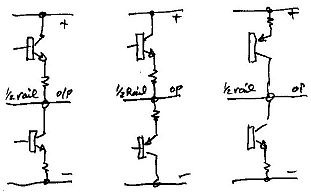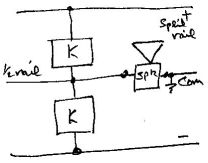Quote from: joecool85For every 10db gain (double perceived volume) you need a 10x multiplication of wattage. So a 100watt amp is only twice as loud as a 10watt amp.See: Watts vs Volume (db)
...
Speaker sens. (1dB/W@1m) Required power (watts) 104db 1 101db 2 98db 3 95db 6 92db 12 89db 24 86db 48 83db 96 80db 191 77db 382
Quote from: http://www.gcaudio.com/resources/howtos/voltageloudness.html
dB Change Voltage Power Loudness
3 1.4X 2X 1.23X
6 2.0 4.0 1.52
10 3.16 10 2
20 10 100 4
40 100 10,000 16











